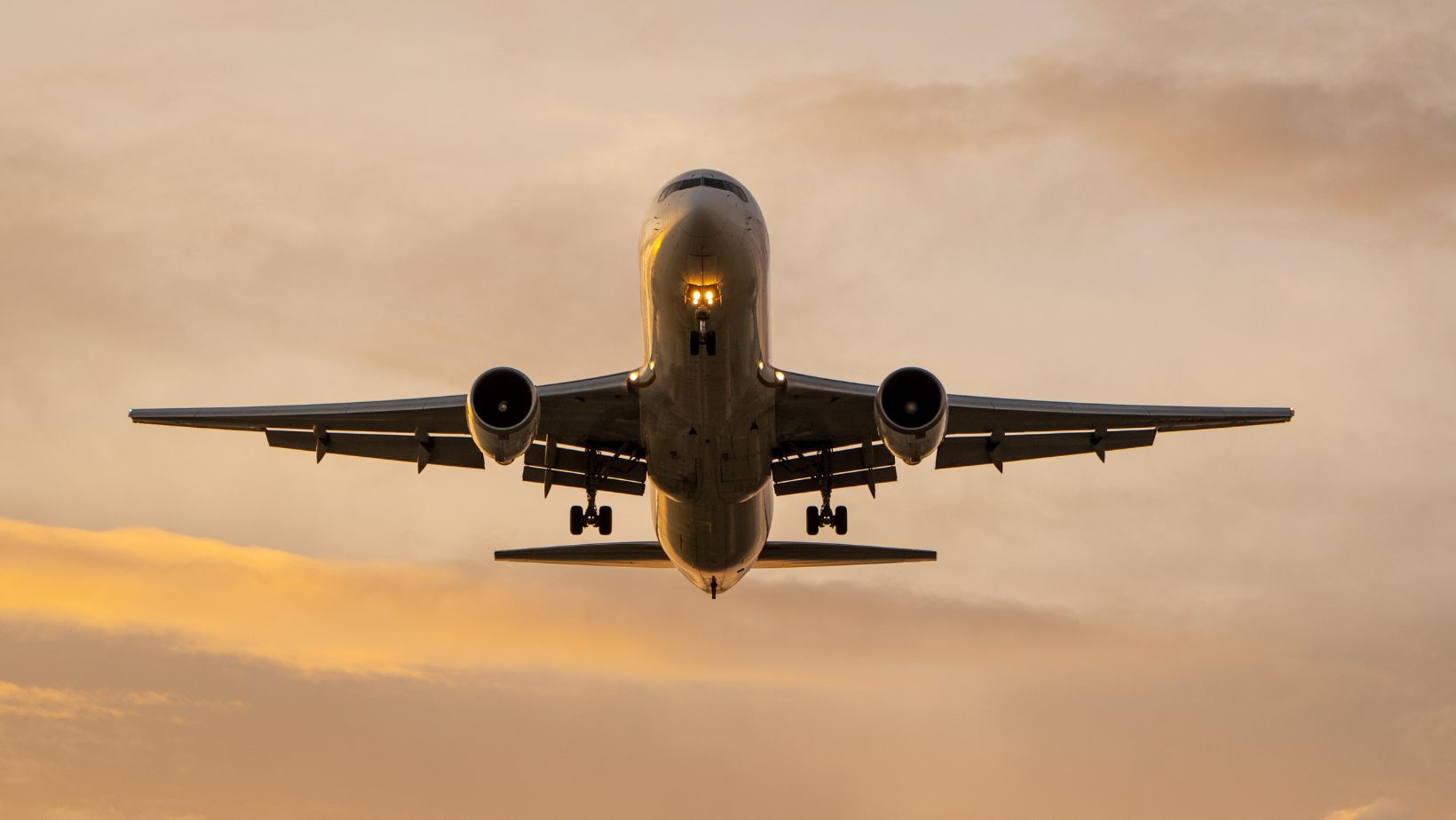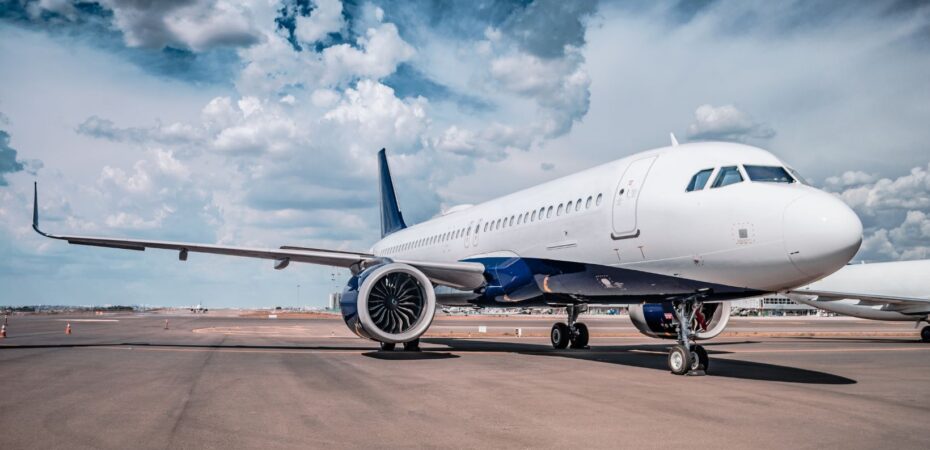Since ancient times, people have dreamed of flying. To do this, they devised various methods and created dozens of aircraft. With the advent of airplanes, the dreams of many partially came true but still did not fully satisfy the needs of flight enthusiasts. Most often, the air transport available then was used for military purposes, performing various everyday tasks (fighting fires, agricultural work, etc.), and transporting goods and passengers. Many years later, the so-called small aviation appeared. It was this that made flying accessible to everyone.
What is small aviation?
Small aviation is a category of General aviation that involves compact and light air transport. It includes different types of light, ultra-light and sport aircraft that meet specific criteria. They are different in each country, but in most cases, aircraft are classified as small aviation if they have a maximum take-off weight of no more than 670 kg. In addition to these aircraft, there are compact helicopters, gliders and other types of air transport. All of them also belong to small aviation.
General aviation is famous all over the world. More airports have been created for it than traditional commercial air transport, allowing people in different parts of the world to access flights. This also contributes to expanding the scope of air transport and its active development.
While operating various small aviation aircraft, pilots comply with specific requirements established by the country in which airspace the flights are carried out. They also use auxiliary equipment that helps improve safety and simplify the control process under challenging conditions. Most often, such equipment is a variety of AGM night vision devices. They make flights available at night and save the situation in case of sudden visibility deterioration due to bad weather conditions.
Advantages of small aviation
Commercial air transport is good in everything, but small aircraft are superior in many ways. They have many advantages and open up wider opportunities. The main advantage of small aircraft is its accessibility. To fly, it is enough to have a pilot’s license and some other documents specified in the legislation of a particular country. Anyone can get them, regardless of their financial capabilities. This makes flights accessible to anyone who wants to conquer the sky.

The following significant advantage of small aircraft is independence. To fly, you do not need to adjust to the flight schedule of airlines, wait for permission to take off, or waste time on an extended downtime at the airport. This gives you freedom of action and allows you to go anywhere and anytime. Another advantage of small aircraft is the opportunity to enjoy the beautiful views surrounding the pilot and his passengers. During a commercial air transport flight, you will be limited to only a tiny window where you can hardly see anything.
Airplanes and helicopters, classified as small aircraft, are designed for a maximum of 3-4 people. This means you will have to interact with fewer people during the flight, which is an essential advantage for many. You will also not have to listen to the snoring of neighboring passengers and experience other problems typical for most commercial air transport flights. All this will positively affect the sensations of the flight and allow you to enjoy the process truly. An equally important advantage of small aircraft is saving time. During flights, air transport does not need to gain a considerable altitude, choose an approved trajectory and make a complex landing approach. All this significantly simplifies the pilot’s tasks and makes it possible to get to your destination faster unless it is on the other side of our planet.
Options for using small aviation
Airplanes and other aircraft, classified as small aircraft, are universal transport. They are used for various purposes and help people perform specific tasks. First, the ability to perform cargo and passenger transportation stands out. They are often carried out over short distances, so using more extensive air transport is impractical. In most cases, small aircraft and helicopters can accommodate up to 4 passengers or several hundred kilograms of cargo on board.
A popular option for using small aircraft is to view various attractions from a bird’s eye view. It is common in many resort towns and places where it is impossible to appreciate the beauty of a particular area from the surface of the earth. Small aircraft and helicopters are also used for excursions to natural areas that occupy a large area (for example, to view the Grand Canyon). Small aircraft are no less in demand among photographers and video enthusiasts. From a bird’s eye view, you can get unique shots that are impossible to take while on the ground. Very often, small planes and helicopters are used to film movies admired worldwide.
Small aircraft also perform many everyday tasks. They spray fertilizers on fields, monitor crops, extinguish large-scale fires, conduct search and rescue operations, evacuate victims and deliver various cargo to hard-to-reach places. Such a variety of available jobs once again demonstrates the versatility of small aircraft and proves its enormous importance for humanity.

Small helicopters and planes are the ideal transport for novice pilots. This air transport helps beginners gain skills in managing and operating various onboard equipment, studying the features of flights in certain conditions and much more. The knowledge and experience gained make it possible to undergo training as a civil aviation pilot more effectively and perform this responsible work with the highest possible quality.
Small aircraft are also in demand during various mass events. They help patrol the airspace and ensure the safety of many people. Small planes are often used in demonstration performances. Pilots perform multiple tricks on them, thus giving great pleasure to all observers. In sports, small aircraft also play an essential role. They are irreplaceable during competitions in parachuting and many other disciplines. In some countries, even stages of the World Championship Air Race are held, in which pilots control compact single-seat aircraft and, with their help, overcome various air obstacles.
Who can fly small planes?
Small aircraft are available to everyone. Even children can use them as passengers. For them, a flight on a compact and light aircraft always becomes an unforgettable adventure with many positive emotions. If you want to use a small aircraft as a pilot, you must meet specific requirements. They are different in different countries, but they have no significant differences.
Most often, to sit at the helm of a light or ultra-light aircraft is enough to obtain a private pilot’s certificate (outside the United States, a license). It is issued to persons over 17 who have no medical contraindications, have undergone appropriate training, have acquired air transport control skills under the guidance of an experienced instructor and have been awarded the status of an amateur pilot. In some countries, this list is supplemented by other criteria a beginner must meet.
Small aircraft are the only way to fly that is available to everyone. Although they are controlled by various government organizations, they have a minimum of restrictions. Thanks to this, everyone gets the opportunity to fly and use small aircraft for their own purposes. Today, small aviation is developing very quickly, and in the future, the number of flights is expected to increase. This gives confidence that air transport will soon become as popular as traditional cars.


 By
By 




